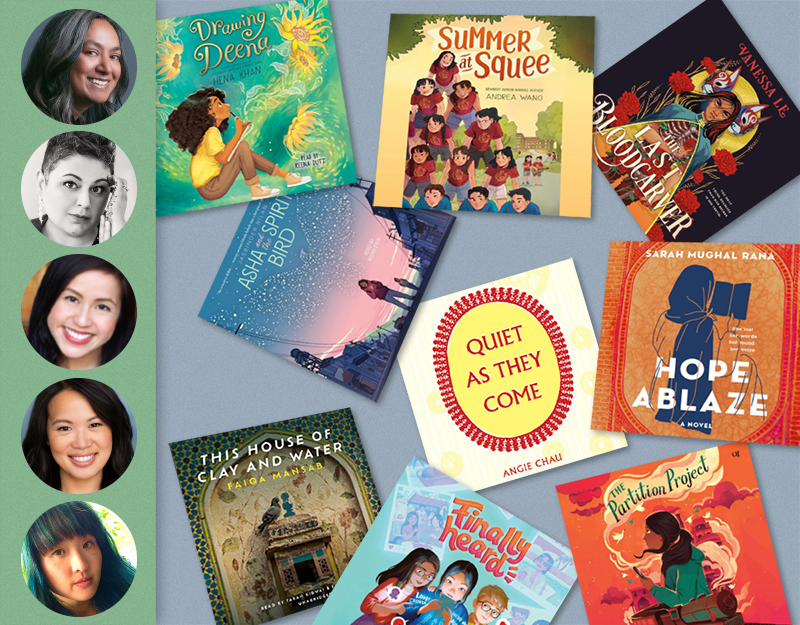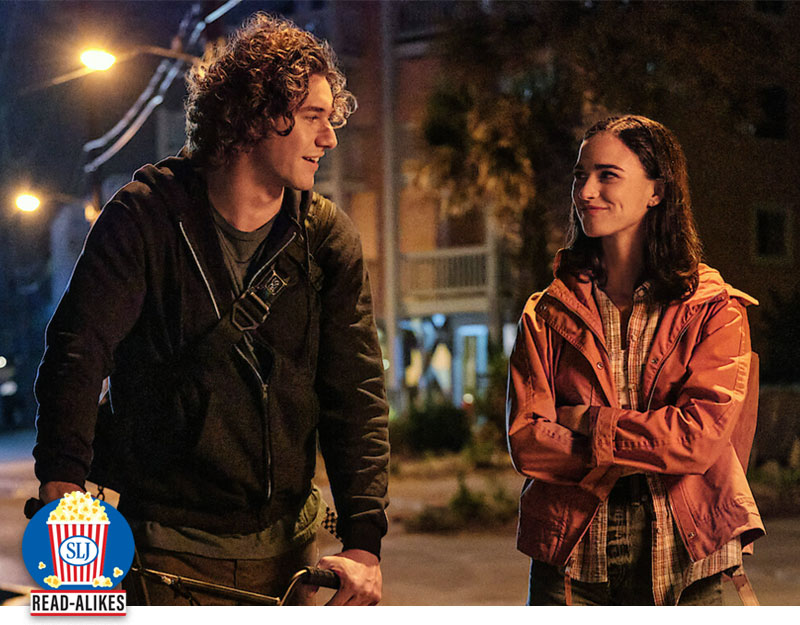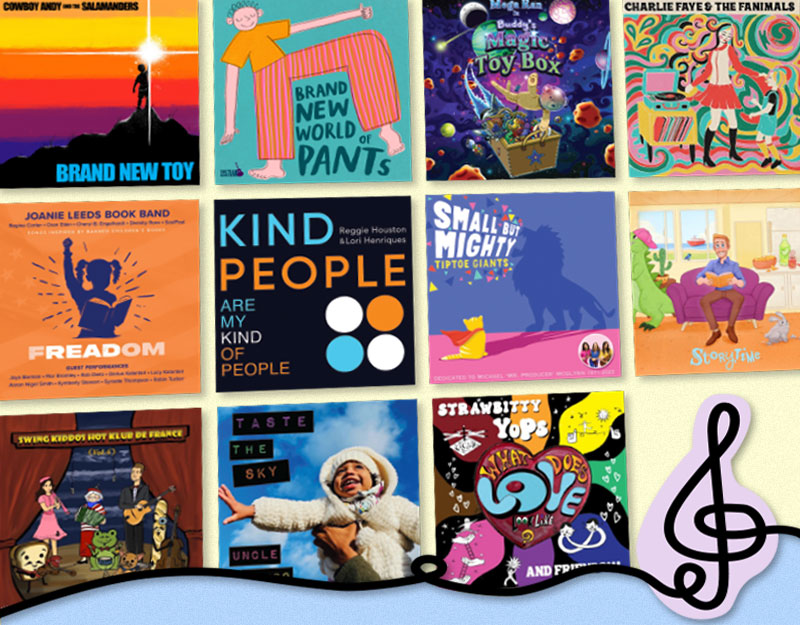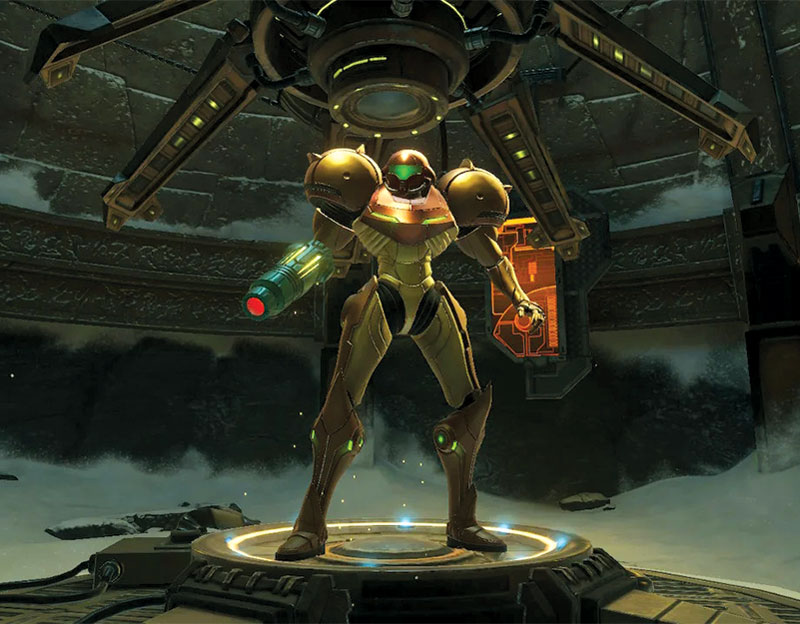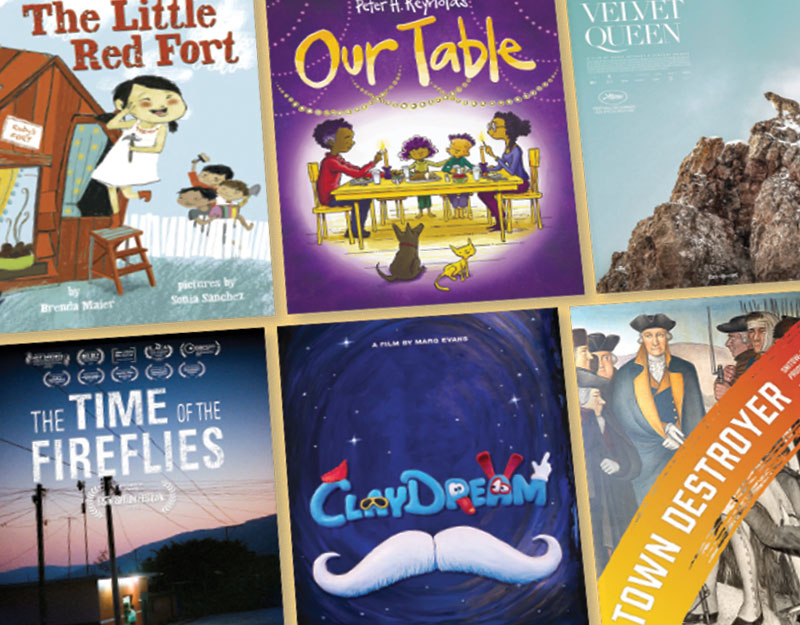Research and Wishes: A Q&A with Nedda Lewers About Daughters of the Lamp
Let me ask you something. We’re all adults here. In spite of the fact that this site is entirely dedicated to children’s literature, I don’t fool myself into believing that any child is currently reading any of my posts (except for homework assignments which, as we all know, is 100% just fine). And since we are all adults, we know that when it comes to your lifelong career, figuring out what you’d like to do is more of a winding road than a concrete encrusted path.
Today, I’m talking to someone who started out as an educator and now has a middle grade fantasy debut that her publisher (a boutique outfit you might have heard of called Penguin Random House) is promoting out the wazoo. That’s sort of the dream, isn’t it? But how do you get there? For that, it’s time for some questions and some answers.
ADVERTISEMENT
ADVERTISEMENT
But first! I need to be a bit less oblique about the subject of today’s Q&A. Nedda Lewers is the author of the new Daughters of the Lamp series, released just this past February. In terms of the first installment, here’s how her publisher describes it:
“Sahara Rashad lives by logic. Loves science. And always has a plan. Except her dad just whisked her away to her uncle’s wedding in Egypt, upending every single plan she had for the summer.
In Cairo, Sahara’s days are filled with family—and mystery. First, Sahara’s cousins claim the pretentious bride-to-be is actually a witch. Then her late mother’s necklace starts glowing—and disappears.
Sahara’s attempts to recover the necklace lead her to the greatest mystery yet. Deep in an underground chamber lies Ali Baba’s magical treasure. Hidden from a line of sorcerers who threatened to use its powers for evil, the treasure was given to Sahara’s ancestor Morgana for safekeeping and passed down from mother to daughter for generations. Now only Sahara stands in the sorcerers’ way.
Can the girl who’s never believed in magic trust the unknown and claim her legacy as the treasure’s keeper?”
Let’s get to those questions, shall we?
Betsy Bird: Nedda! I appreciate you talking with me today and congrats on your middle grade debut! DAUGHTERS OF THE LAMP has been garnering starred reviews and praise left, right and central. Tell us a little bit about where the idea for this book came from.
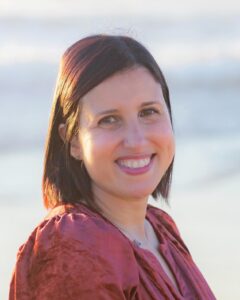
Nedda Lewers: Hi Betsy! I am a huge fan of your blog. Thank you for having me on it today. It’s been so surreal and an honor to experience the warm reception Daughters of the Lamp has received before and after its debut.
Where did the idea for the story come from? That is a question I have thought a lot about but is still difficult to answer. Even though the idea for the book had been taking root and growing inside me for a long time, I believe that all art is a collaboration between the artist and the creative forces of the universe. When I began to focus on writing seven years ago, I quickly decided I wanted to write a children’s fantasy (those were my favorite stories when I was a kid) and that the main character would be Egyptian American. There were two reasons for the latter. One, it is a significant layer of the lens through which I see the world, and two, growing up, I always wished that the protagonists in the magical adventures I was reading looked and sounded more like me and the people around me. It was also important for me to incorporate the Arab folklore I grew up hearing as a child since they’d played a pivotal role in my story constructs. So, though I brought these inspirations/motivations to the page when I set out to write Daughters of the Lamp, they were transformed by the mysterious alchemy that works through us during the creative process.
BB: You’ve mentioned in other interviews that, “I enjoyed writing, but I knew nothing about crafting a novel. At forty-one, I was a beginner again, taking writing workshops online, reading books on craft, studying works by other middle grade authors, and making new friends in the writing world virtually and in person.” I think a lot of people have the idea that they could maybe write for kids at some point, but they’d have no idea where to start. Where did you turn to for advice when you were first beginning? And from your perspective, how difficult was it to find your footing?
Nedda: I hear that from people all the time, too. And I tell them what I tell students during school visits. It took me seven years to create and ultimately get Daughters of the Lamp published. That process involved a gagillion small steps. Focusing on the small step(s) you can take every day rather than the end goal, which can feel daunting, worked for me. In the beginning, those steps were heavily comprised of revisiting numerous Arab folktales from my childhood as well as discovering new ones. When I began drafting, I found it very helpful to connect regularly with other writers in my community and virtually who held me accountable to getting words down on the page and helped me hone my craft. In many ways, the writing process is a solitary endeavor, so having people to talk with and bounce ideas off of was critical for my development as a writer and my mental health.
It took time to find my footing and my writing community, but putting my work and myself out there for workshops and mentorship programs made a huge difference. I particularly enjoy Jessica Brody’s Writing Mastery Academy website, where you can take prerecorded classes at your own pace. Her Save the Cat Novel Writing and Creating Dynamic Characters with Mary Cole courses are excellent.
BB: You integrate the story of Ali Baba continually throughout the book with the character of Morgana. Ali Baba is such an interesting story, and unfortunately a bunch of American kids don’t really encounter it all that often. Why did you specifically pick that particular Scheherazade tale?
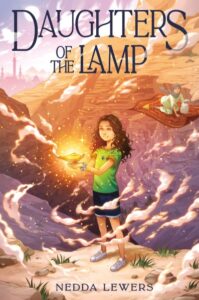
Nedda: Once I had decided I wanted to incorporate Arab folklore into my story, I went straight to the source of many of the tales I’d heard as a child— my parents. I asked them what their favorite stories were when they were growing up in Egypt. Both mentioned “Ali Baba and the Forty Thieves.” Though I had heard the tale numerous times and watched television adaptations of it when I traveled to Egypt as a child, it wasn’t until 2017 that I actually read a version of it. It was then that the character of Morgana, Ali Baba’s loyal servant, leaped off the page. I could not get over all the clever and courageous ways she saved Ali Baba from the thieves seeking revenge against him for finding their precious hidden chamber of treasures. I knew I had to incorporate her into my novel. But this time, I wanted her to be in charge of her narrative, to be the hero of her story. What if a magical legacy started with her and got passed down from generation to generation of the women in her family until one thousand years later, it reached twelve-year-old Egyptian-American Sahara Rashad? That was a story I really wanted to tell. I love reading books that show how our ancestors’ journeys, triumphs, and struggles impact our own lives in the present. The Joy Luck Club and Holes are two of my favorites.
BB: What kind of research did you do to make Morgana’s story as accurate as possible? Can you tell us some of the sources you used when looking into tenth-century Baghdad?
Nedda: Great question. I love research and have found that the discoveries I make during the process add a unique dimension to my story and often inspire some of my favorite scenes. From the get-go, I set out to make Morgana’s world as accurate as possible for the time and place she lived. Thanks to my local library’s research database, I was able to access university papers and articles on the medieval Islamic period. The books, Daily Life in the Medieval Islamic World by James E. Lindsay and Medieval Islamic Civilization: An Encyclopedia edited by Josef W. Meri, were extremely helpful during this phase for getting a sense of the social, cultural, and political elements of the Middle East in the 10th century. I also consulted maps based on the time to plan Morgana’s journey when she leaves Baghdad, as well as online photos of museum artifacts to inform the physical aspects of her world.
BB: In your own life growing up you had family, much like your main character Sahara, that lived in Egypt and that you visited. But while Sahara shares that fact with you, no one would say that she IS you. When crafting a character that has similarities to your own life, how do you find ways to distinguish that person from yourself? What do you do to hone in on their character? How do you make them unique?
Nedda: I would say part of my growth as a writer has been learning to draw on my personal experiences and emotions, as these are critical in writing relatable characters, while being conscious of not creating a character that mirrors me. This process requires both intentionality and craft. One way I hope I achieved it was by thinking about who Sahara was before readers meet her on the page. I wrote passages of past experiences she had that were different than my own and had a lot to do with the wound of experiencing loss at a young age. Those scenes didn’t end up in the book, but they impact Sahara’s motivations in the present and inform her logic-minded and plan-obsessed personality, which serves to protect her from the volatility of life. While Sahara is extremely skeptical of magic when we meet her, I am the opposite. Especially when I was a child—if there was a star in the sky to wish on, I found it.
BB: Was there anything in the book that you originally included and then had to eventually remove?
ADVERTISEMENT
ADVERTISEMENT
Nedda: Not so much removed as replaced. Sahara’s first chapter initially took place during a relay race at school instead of the end-of-year fair. But as I tweaked it to reveal to readers more about Sahara—how she operates in life, what she is grappling with— and to set the stage for what’s to come, the elements of the fair, particularly her response to the rigged games and the palm reader whom she nicknames “Woo-Woo Rapunzel,” served the story better.
BB: And how much did the first draft of your books resemble the final product? And what did your editor do specifically to guide the process?
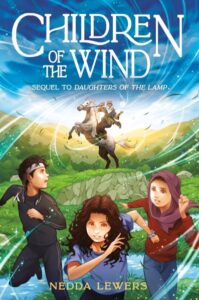
Nedda: Daughters of the Lamp is not only my debut but also the first novel I have ever written. As you can imagine, there was a lot of learning and revising along the way to get what I envisioned in my head and what I had written on paper to match. Integrating feedback from critique partners and beta readers, my Author Mentor Match mentor, my agent, and my editor was invaluable. While most of the big picture elements had been solidified by the time the manuscript got to my editor, Polo Orozco, he was pivotal in helping me ensure that the themes I wanted to explore were pulled all the way through the novel and embedded in such a way that they didn’t feel didactic but organic to the plot. He had such an understanding of the heart of the story that if something I’d included veered from that, he helped me course correct. My experience working with Polo was different on Book 2 of the series because he was involved from the beginning stages of outlining. That was so much fun!
BB: Finally, I know you’ve a sequel on the horizon in (checks watch) June! What else are you working on these days? What else is in your future?
Nedda: I know—I can’t believe the sequel, Children of the Wind, comes out so soon. I’m thrilled that kids who enjoy the first book won’t have to wait long for the second! Currently, I am working on a new middle grade story that involves Egyptology and the challenging issue of repatriation. I love writing middle grade and the opportunity it affords to explore with readers the complicated and messy areas in life, the ones that much to Sahara’s chagrin, don’t fit neatly into a box or a plan.
Big thanks to Nedda for so kindly answering all my questions today. And no need to wait. You can grab yourself a copy of Daughters of the Lamp immediately at your local bookstore or library, so run on out and get it if you can!
Filed under: Interviews
About Betsy Bird
Betsy Bird is currently the Collection Development Manager of the Evanston Public Library system and a former Materials Specialist for New York Public Library. She has served on Newbery, written for Horn Book, and has done other lovely little things that she'd love to tell you about but that she's sure you'd find more interesting to hear of in person. Her opinions are her own and do not reflect those of EPL, SLJ, or any of the other acronyms you might be able to name. Follow her on Twitter: @fuseeight.
ADVERTISEMENT
ADVERTISEMENT
SLJ Blog Network
Zachariah OHora on PBS
Girlmode | Review
The Seven Bills That Will Safeguard the Future of School Librarianship
Read Rec Rachel: New YA Releases for November and December 2024
Gayle Forman Visits The Yarn!
ADVERTISEMENT



